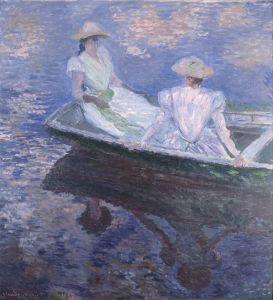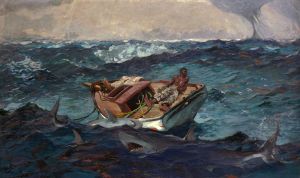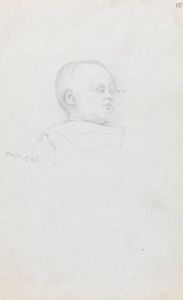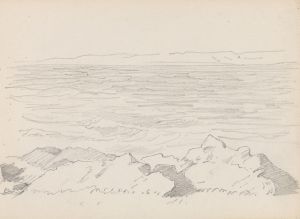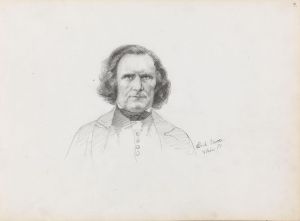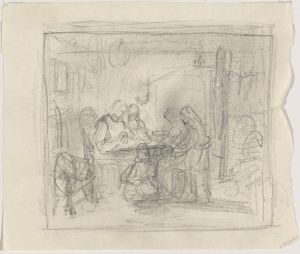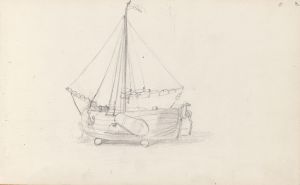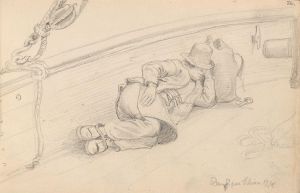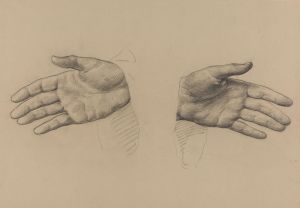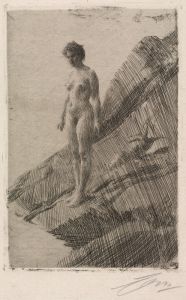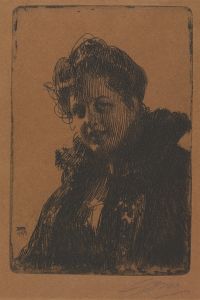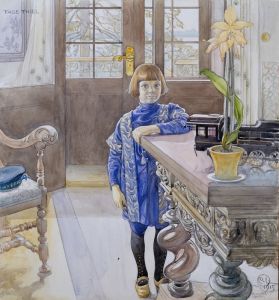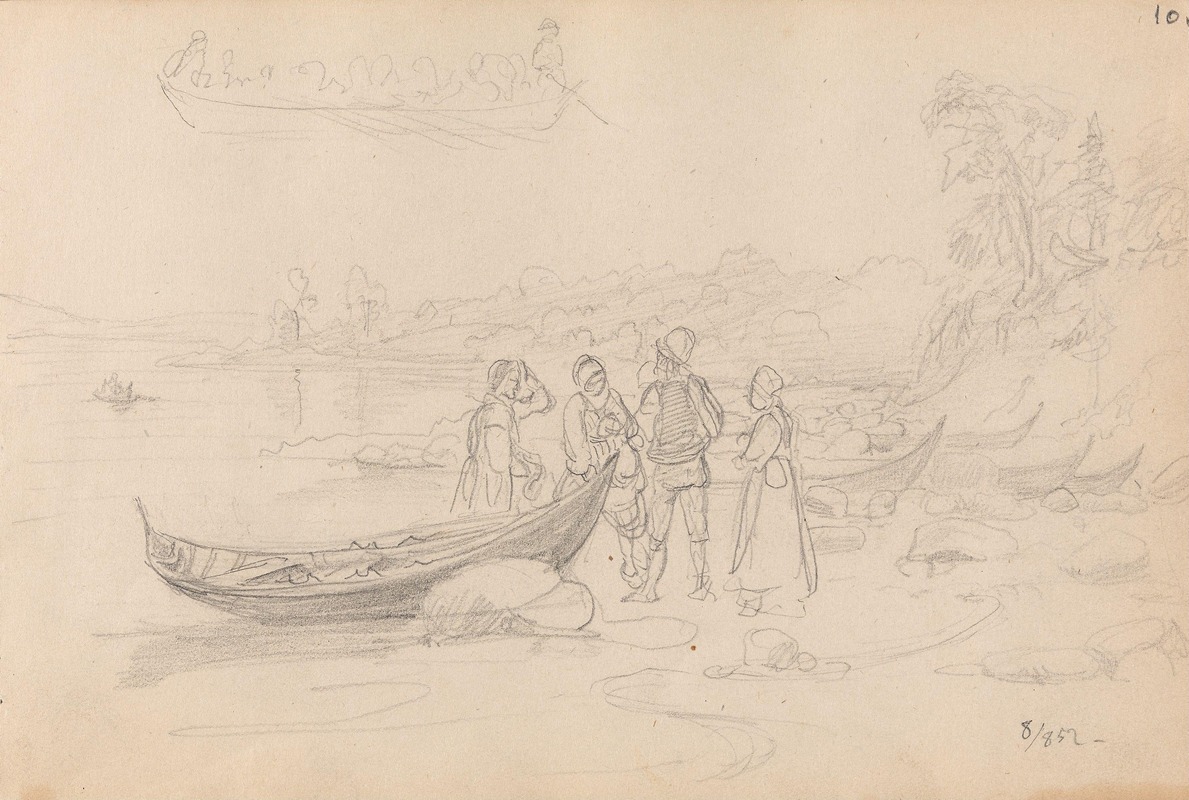
Figurer og båt på stranden, Leksand
A hand-painted replica of Adolph Tidemand’s masterpiece Figurer og båt på stranden, Leksand, meticulously crafted by professional artists to capture the true essence of the original. Each piece is created with museum-quality canvas and rare mineral pigments, carefully painted by experienced artists with delicate brushstrokes and rich, layered colors to perfectly recreate the texture of the original artwork. Unlike machine-printed reproductions, this hand-painted version brings the painting to life, infused with the artist’s emotions and skill in every stroke. Whether for personal collection or home decoration, it instantly elevates the artistic atmosphere of any space.
Adolph Tidemand was a prominent Norwegian painter in the 19th century, renowned for his detailed and evocative depictions of Norwegian folk life and traditions. One of his works, "Figurer og båt på stranden, Leksand," translates to "Figures and Boat on the Beach, Leksand." This painting reflects Tidemand's interest in capturing the essence of rural life and the natural landscapes that were integral to the Norwegian identity during his time.
Adolph Tidemand was born on August 14, 1814, in Mandal, Norway. He studied at the Academy of Fine Arts in Copenhagen and later at the Kunstakademie Düsseldorf, which was a significant center for the Düsseldorf school of painting. This school emphasized detailed realism and often focused on historical and genre scenes, which influenced Tidemand's style significantly. His works often depicted scenes from Norwegian history, folklore, and everyday life, contributing to the national romantic movement in Norway.
"Figurer og båt på stranden, Leksand" is set in Leksand, a locality in Sweden known for its picturesque landscapes and cultural heritage. While the painting's exact date of creation is not widely documented, it is consistent with Tidemand's broader body of work, which often explored themes of rural life and community. The painting likely captures a moment of daily life, with figures engaging in activities by the water, possibly related to fishing or transportation, given the presence of a boat.
Tidemand's work is characterized by its attention to detail and the ability to convey the mood and atmosphere of the scene. In "Figurer og båt på stranden, Leksand," the composition likely includes elements typical of his style, such as careful rendering of the figures' clothing and expressions, as well as a realistic portrayal of the natural environment. The use of light and shadow would have been employed to enhance the realism and emotional impact of the scene.
Throughout his career, Tidemand collaborated with other artists, most notably Hans Gude, with whom he created several famous works, including "Bridal Procession on the Hardangerfjord." While "Figurer og båt på stranden, Leksand" is a lesser-known piece compared to some of his collaborative works, it nonetheless contributes to the understanding of Tidemand's solo endeavors and his focus on capturing the essence of Scandinavian life.
Adolph Tidemand's paintings are significant for their role in shaping Norwegian cultural identity during the 19th century. His works are celebrated for their historical accuracy and their ability to evoke a sense of nostalgia and pride in Norway's rural heritage. Tidemand passed away on August 25, 1876, in Christiania (now Oslo), but his legacy continues through his contributions to Norwegian art and his influence on subsequent generations of artists.
"Figurer og båt på stranden, Leksand" remains a testament to Tidemand's skill in portraying the everyday lives of people in a way that resonates with viewers, offering a glimpse into the past and preserving the cultural narratives of his time.





